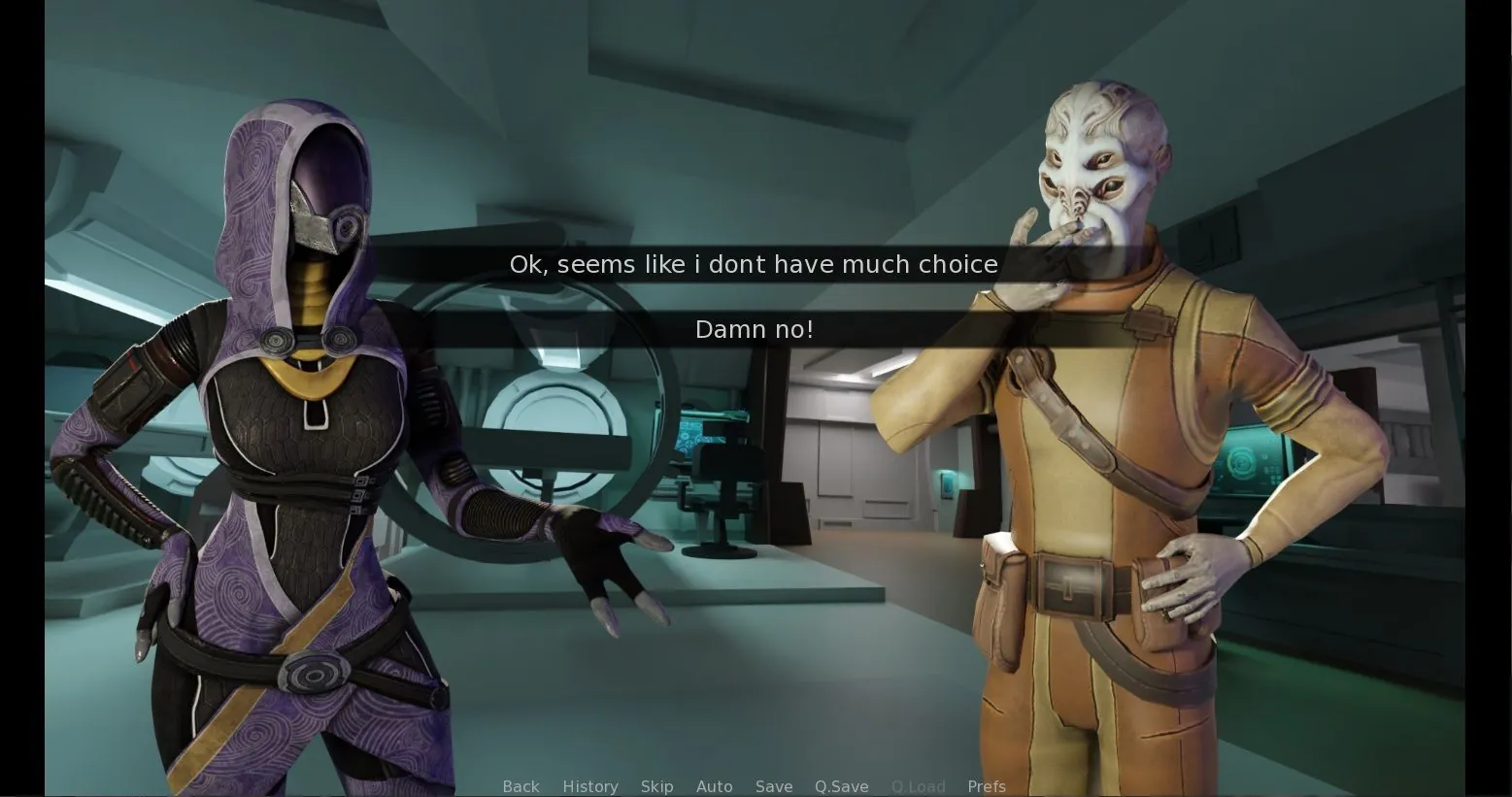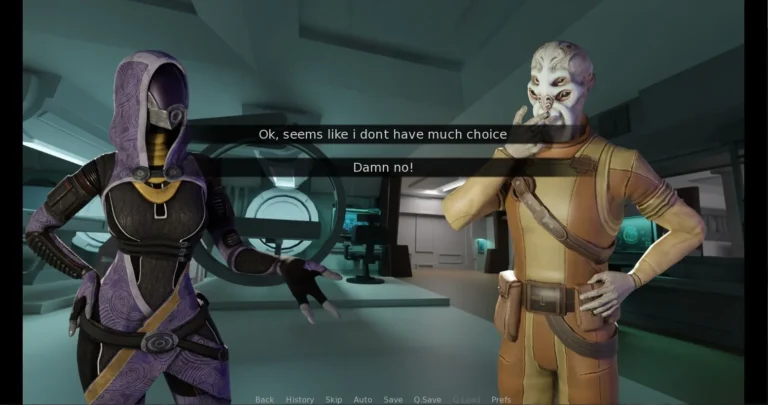
The Pilgrimage
Play The Pilgrimage
The Pilgrimage review
Unraveling the Post-Apocalyptic Narrative Masterpiece
In an era dominated by hyper-realistic graphics, The Pilgrimage redefines interactive storytelling through its minimalist text-based approach. This post-apocalyptic adventure transports players to a fractured world orbiting a sea of fire, blending survival challenges with profound memory exploration. Our deep dive reveals why this cult classic continues to captivate gamers seeking intellectually stimulating experiences.
Narrative Architecture & Worldbuilding
The Amnesia-Driven Plot Device
Picture this: you wake up in a rusted subway car, your head pounding, with zero recollection of who you are or why everything smells like burnt toast. 🚇💥 Welcome to The Pilgrimage, where memory-driven gameplay isn’t just a gimmick—it’s the beating heart of the story. The game’s genius lies in how it weaponizes your confusion. By stripping away your backstory, it forces you to become the protagonist, scrambling to piece together clues while navigating a post-apocalyptic worldbuilding masterpiece that’s equal parts eerie and poetic.
I’ll never forget the moment I stumbled upon a cryptic journal entry that might have been mine. The game doesn’t hold your hand—it tosses you into the deep end of ambiguity. As lead designer Mara Voss once said, “We wanted players to feel the weight of rediscovery. Every scrap of text isn’t just lore; it’s a breadcrumb back to yourself.” 🧩🔥 And boy, does it work. The more you uncover, the more you question: Are these memories yours… or someone else’s nightmares?
Here’s why this approach slaps:
– Player agency meets vulnerability: You’re not just solving puzzles—you’re rebuilding your identity
– Layered reveals: Early details gain new meaning as fragmented memories coalesce
– Emotional whiplash: That “aha!” moment when a seemingly random object triggers a devastating flashback
The brilliance? The Pilgrimage turns forgetfulness into a superpower. What you don’t know becomes as crucial as what you do.
Environmental Storytelling Through Text
Let’s get one thing straight: describing a crumbling city through text alone should feel as thrilling as reading a grocery list. But The Pilgrimage’s text-based narrative design? It’s pure sorcery. ✍️🌆 Every paragraph paints visceral snapshots of decay: “The air tastes metallic, like licking a battery. Graffiti on the subway wall reads ‘THEY’RE WATCHING’ in something brown that isn’t paint.”
What makes this post-apocalyptic worldbuilding so immersive? Specificity. You’re not just “in a destroyed city”—you’re knee-deep in the psyche of a place that’s rotting from the inside out. The game uses minimalist game aesthetics to its advantage, letting your imagination fill in the gruesome gaps. A single line about “child-sized gas masks piled like forgotten toys” hits harder than any 4K render.
Pro tip for writers: Environmental details should pull double duty. That description of a moss-covered vending machine? It’s not just set dressing—it later becomes a key clue about the pandemic’s timeline. As you play, you start seeing the environment as both a character and a narrator. 🌿🗝️
Character Interactions & Dialogue Systems
Ever played a game where NPCs talk like chatbots trained on corporate jargon? The Pilgrimage said, “Hard pass.” Its interactive dialogue systems are where Shakespeare meets Mad Max. 🎭🤖 Conversations feel like high-stakes poker—every word choice could reveal critical intel or get you stabbed with a radioactive fork.
The magic sauce? Verb-based interactions. Instead of choosing from preset responses, you type actions like [TAUNT], [PLEAD], or [LIE THROUGH TEETH]. This isn’t just about “immersion”—it’s about authorship. During my playthrough, I accidentally gaslit a warlord into believing he was my long-lost brother. The game didn’t bat an eye; it just rolled with my chaos.
| System Type | Player Freedom | Narrative Impact |
|---|---|---|
| Multiple Choice | Low (Predefined paths) | Predictable story branches |
| Verb-Based (The Pilgrimage) | High (Open-ended input) | Emergent storytelling |
See that table? 🧐📊 That’s why this game’s dialogue feels alive. You’re not picking flavors—you’re cooking the meal yourself. Developer Rio Chen nailed it: “We don’t want players to ‘solve’ conversations. We want them to survive them.”
Wrapping It Up (Without Spoiling the Radiation Twists)
So why does The Pilgrimage’s text-based narrative design work when so many games fail? It treats words like loaded guns. Every description, dialogue exchange, and fragmented memory serves the twin gods of post-apocalyptic worldbuilding and raw human drama. The minimalist game aesthetics aren’t a limitation—they’re a dare. Can you handle a story that lives in the gaps between sentences?
If you take one thing from this chapter, let it be this: Great storytelling isn’t about what you show. It’s about what you make people feel. And brother, this game will make you feel like a rat in a maze… but in, like, the best way possible. 🐀💡
The Pilgrimage demonstrates how constrained formats can enable profound storytelling possibilities. Its text-driven approach creates space for player imagination while delivering complex narrative systems. For those seeking intellectually engaging gameplay that prioritizes story over spectacle, this title remains essential. Start your journey through its fractured worlds today – your perceptions of interactive narrative may never be the same.














